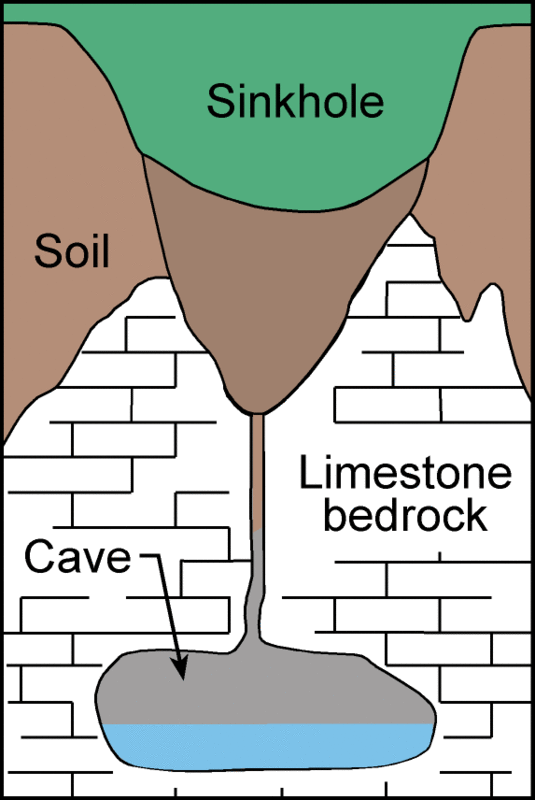This cache brings you to a collapsed mine entrance. Do NOT go inside as it is very deep and dangerous. All the questions can be answered from the outside of the mine. I recommend this cache in the winter as the vegetation is limited, but there are thorns along the way so please prepare for it. Read below to find out more information and additional logging instructions.
Midlothian was put on the map for one reason only and reason is coal. Coal became important in the 1800's due to the rail road industry. Before then, it would take months to travel from coast to coast. With the introduction of the railroads it would only take a week. Coal became more valuable than gold as most people thought so they began to search for it. Then they landed here, in Midlothian and found coal and a lot of it. Below is a map of where the coal is in Virginia in relationship to the rest of the East Coast.

Legden
Grey = Coal is present in deep soil.
Red = Coal is most likely present, but hard to find.
Yellow = Coal is moderately present in upper and lower soil.
Green = Coal may or may not be present.
You can see that Midlothian is in the middle of the state and that is the closet coal location to the Atlantic Ocean. Norfolk was a major port of the United States and still is. Coal would help move goods faster and boost up the countries economy.
Now this has given you a little background geological information about the Midlothian mines. This site is all about the mine collapse and how it happened in the first place.
An explosion on February 3rd, 1882 killed 32 miners. It was due to a methane buildup in the mine. For more information please visit my other earthcache GC42DZT.
Ever since then, the mine has been abandoned. Over the years, nature began to take over the mine. More and more weight were added on top of the ground directly above these mines. One by one they began to collapse. Some of these mines have not collapsed yet. Here you can see both.
Weight was the main contributor to the collapse of some of the mines. Gravitational acceleration on Earth happens at a speed of 9.8 meters per second without drag. Everything falls at the same rate.
Eventually this weight became in the hundreds and maybe thousands of pounds from originally being anywhere from 0-100 pounds above the mine. Leaves would accumulate on top of these mines and when animals walk by, it would make the stress even more above the mine. Something has to give and when it does, the mine collapsed, leaving a big crater after sediment fills in the hole. This is one of the mines you see here.
What we call this phenomenon Sinkholes. There are two factors that can cause sinkholes. Sinkholes are usually created by water leaking to the bottom of a pond, or in this case a mine. 
The soil at the sides of the mine could no longer support the soil on the top. the soil collapses into the mine and sediment fills it up. What is left is a crater.
These abandoned mines have turned into sinkholes, and really close to some homes. Hopefully there are not any mines closer to these houses.
In order to log this cache as a find, you MUST e-mail me the following answers BEFORE you log your visit.
1. Mid-Lothian Mines - Sinkholes on the first line of your email.
2. Looking at the mine that hasn't collapsed yet, what different colors of sediment do you see and how do you think this contributed to the mine that turned into a sinkhole a few feet to the north?
3. How deep do you think the same mine is?
4. Why is this same mine not a sink hole?
5. Looking at the Sinkhole about ten feet to the north of the mine, how much did the ground give way?